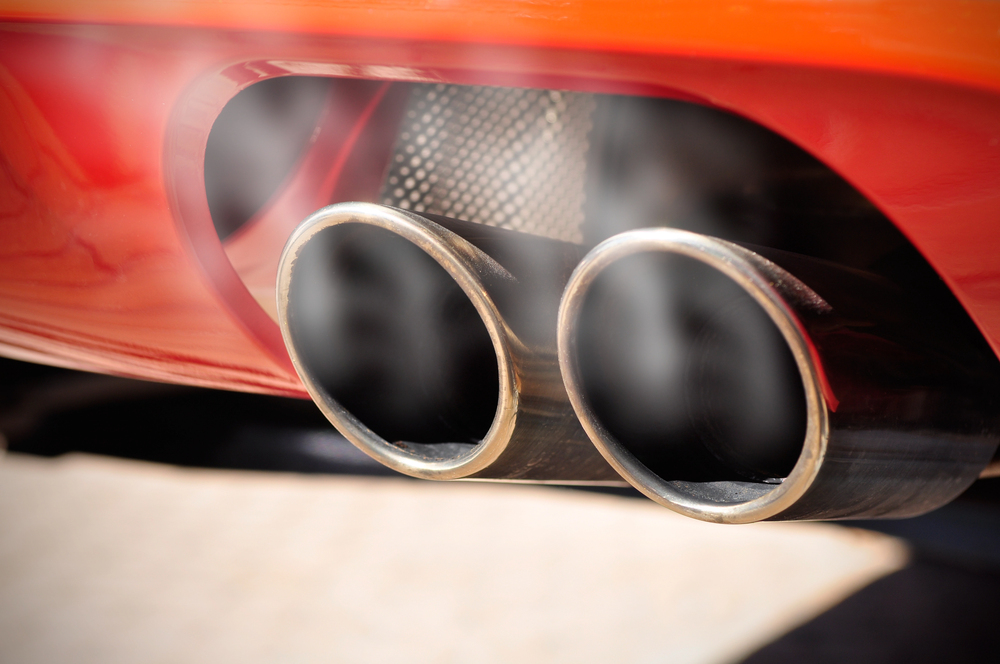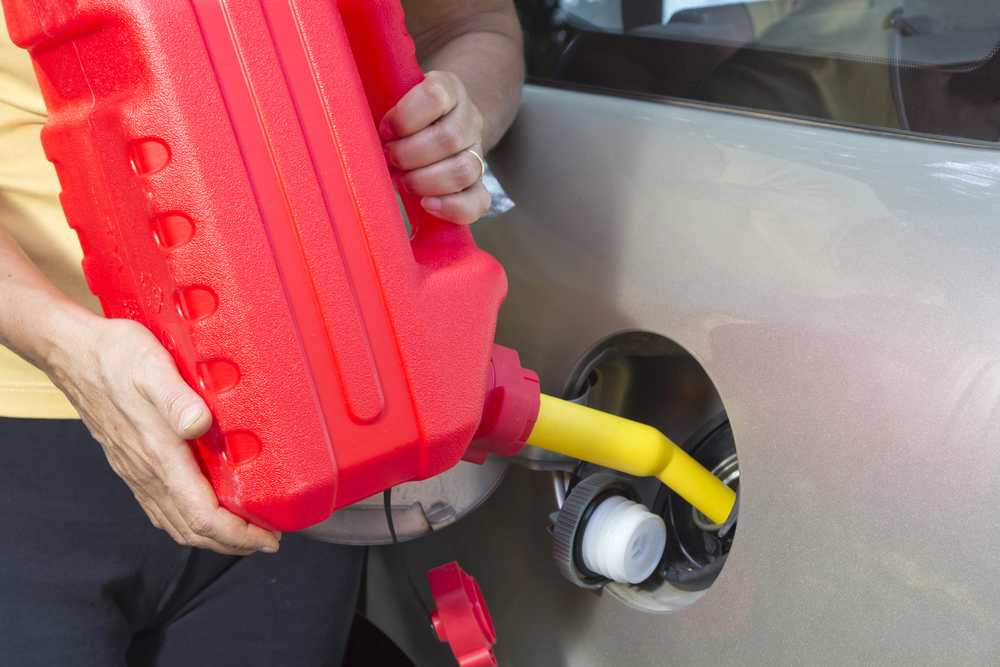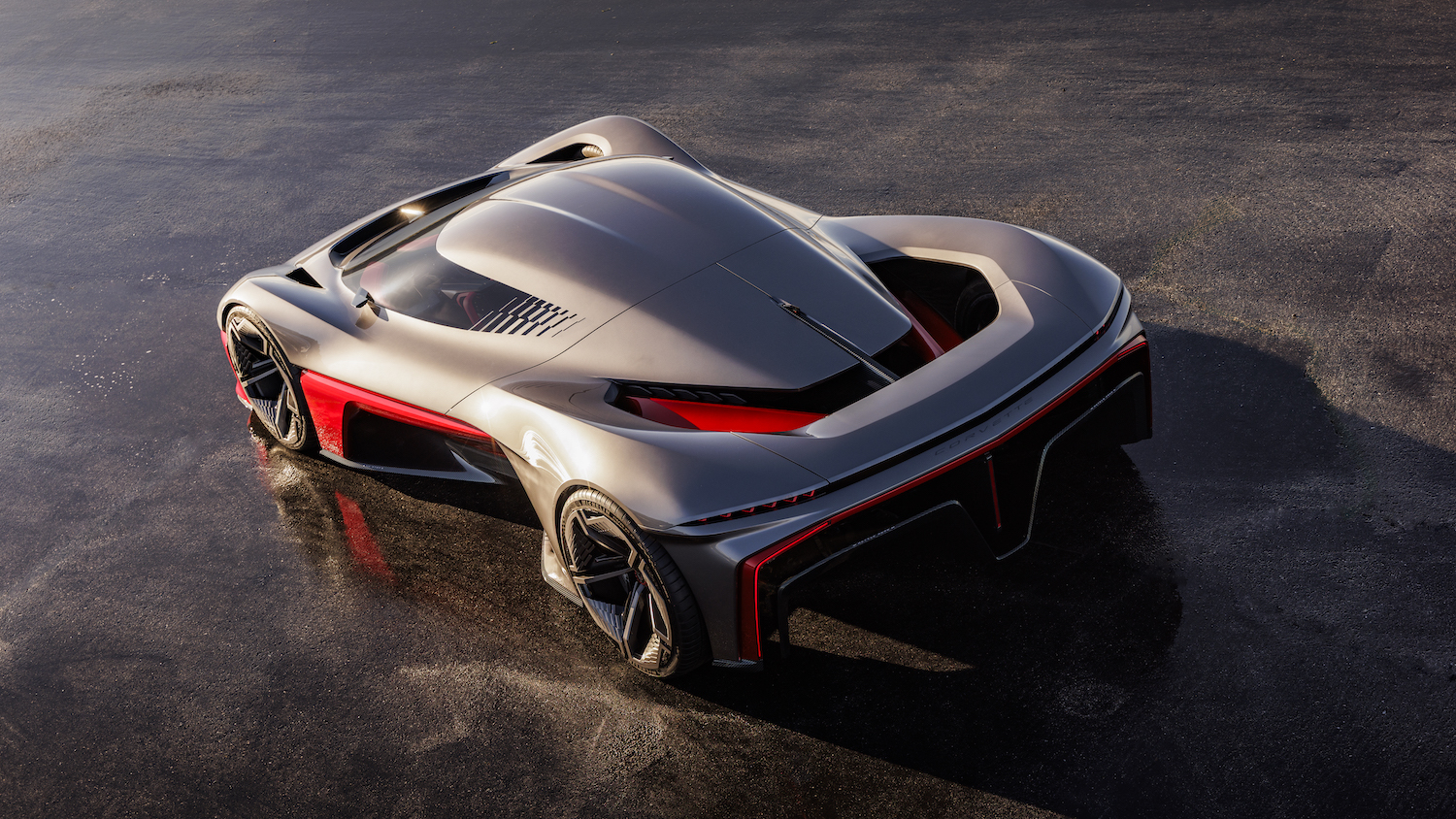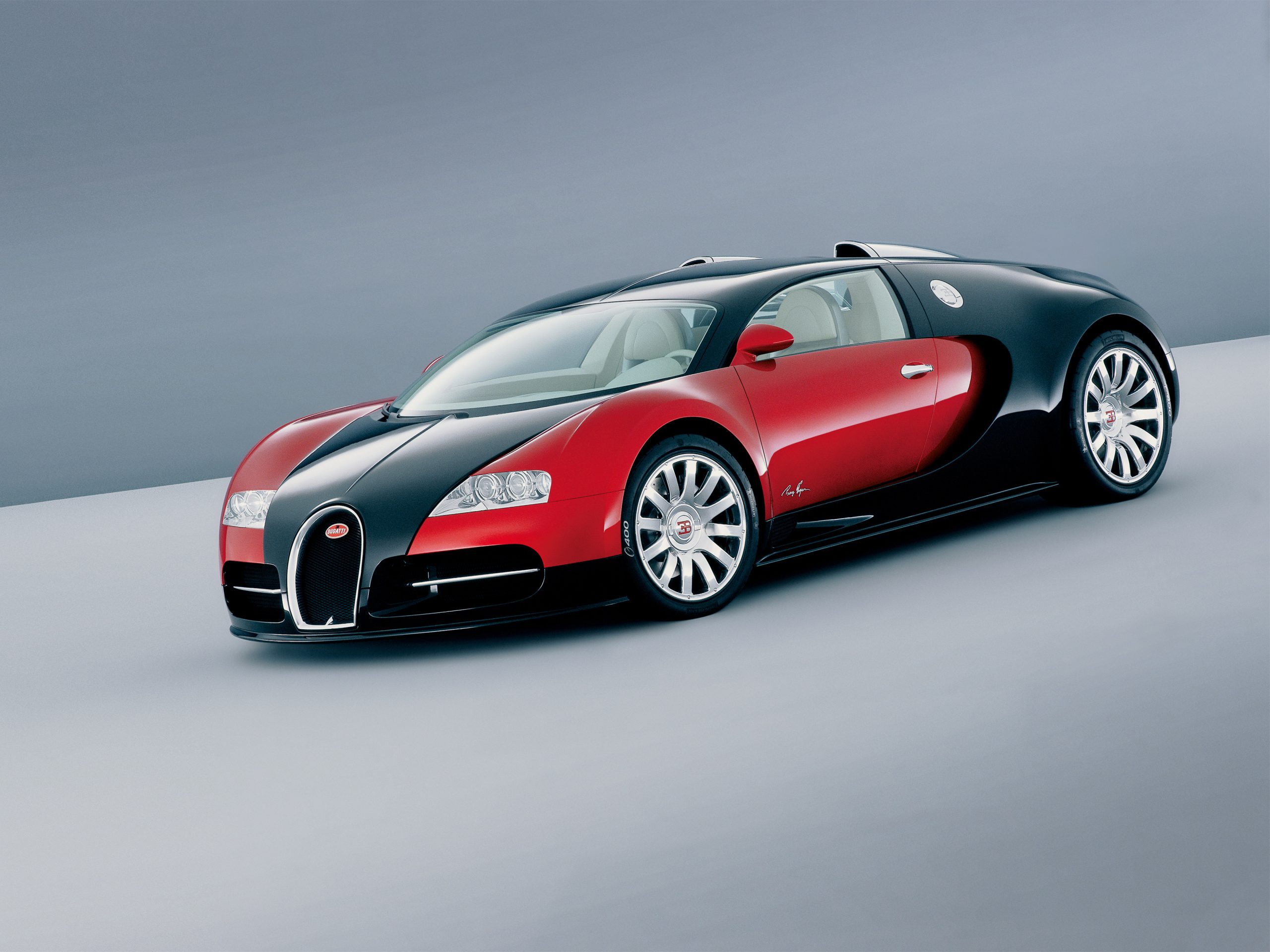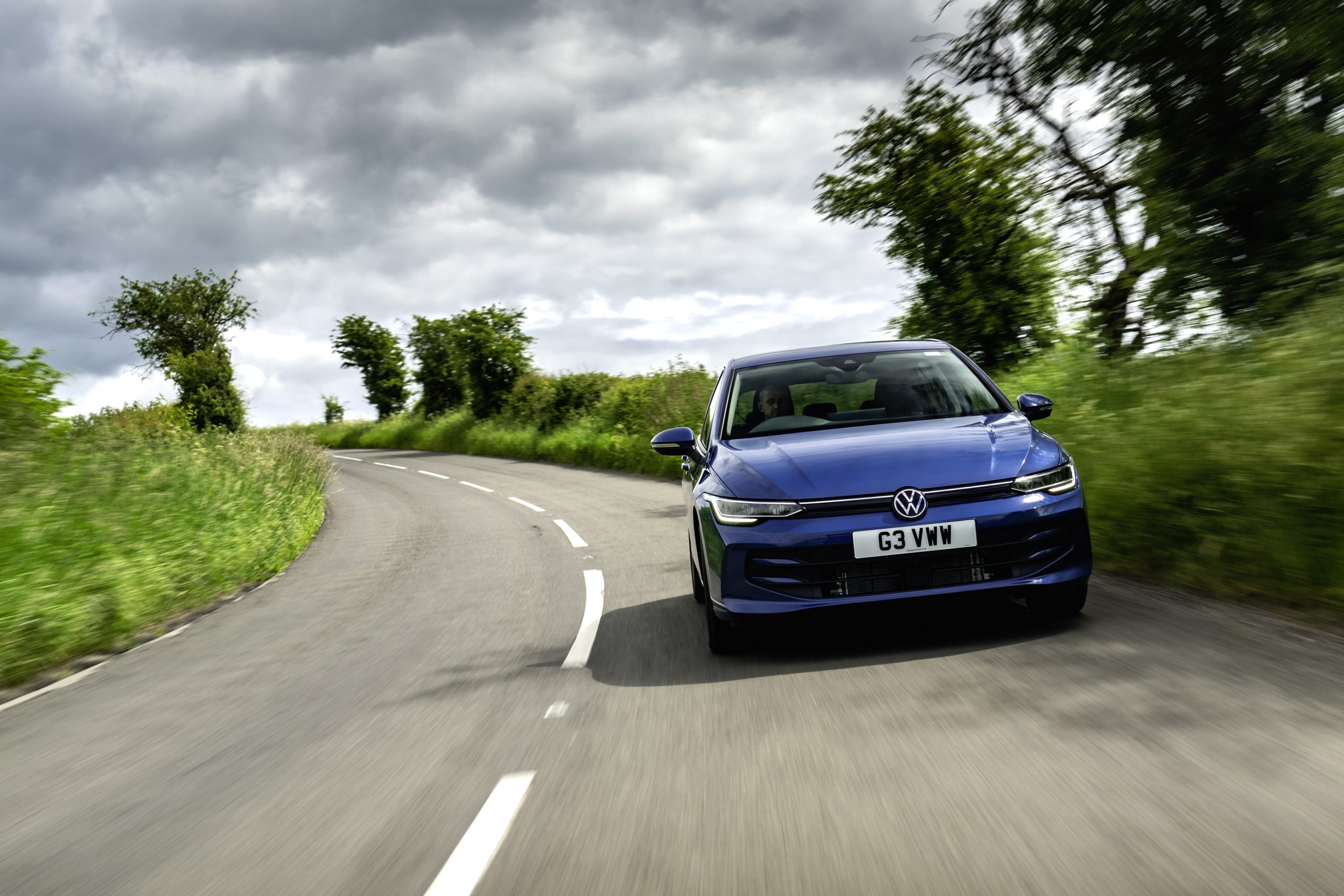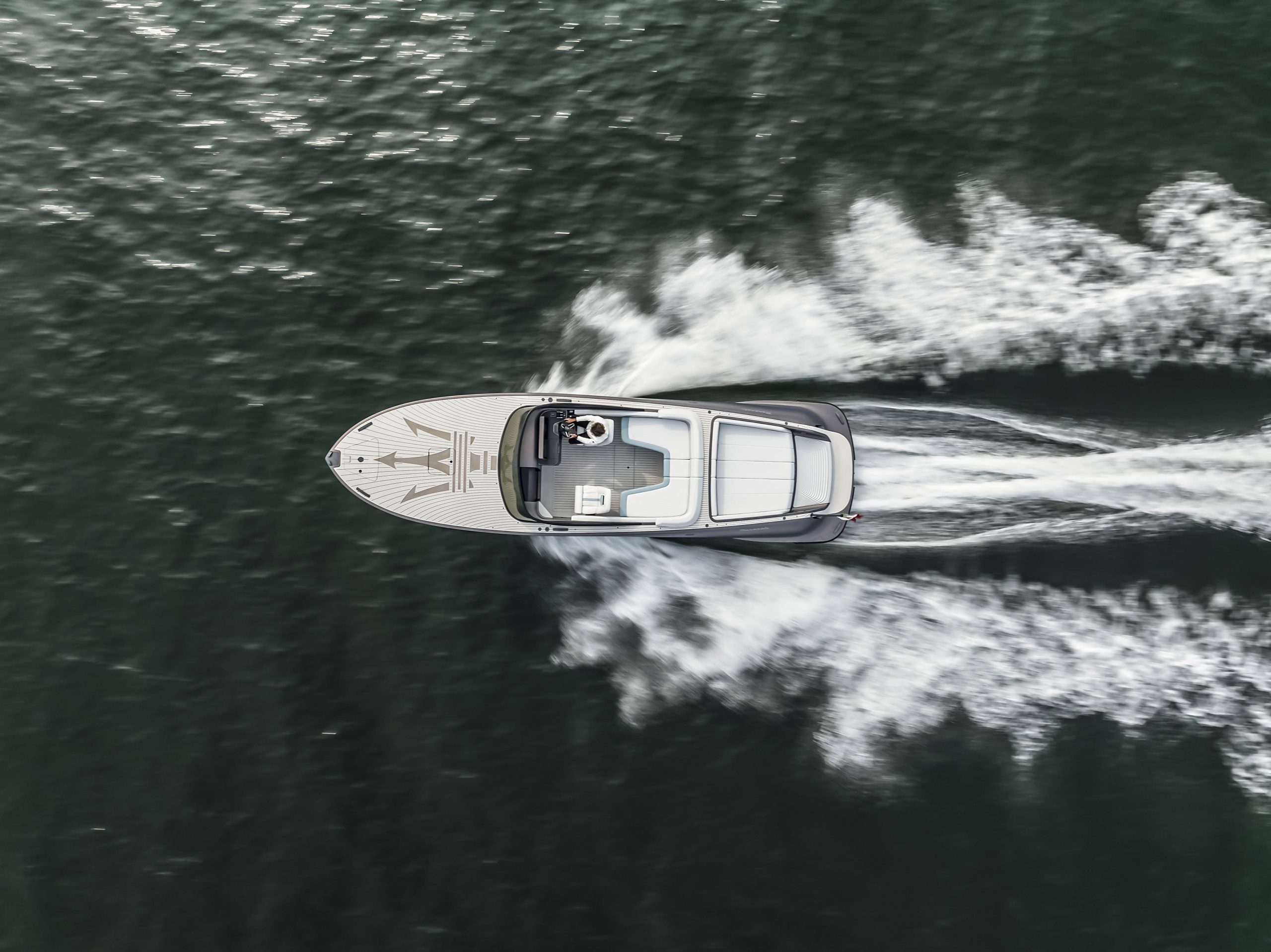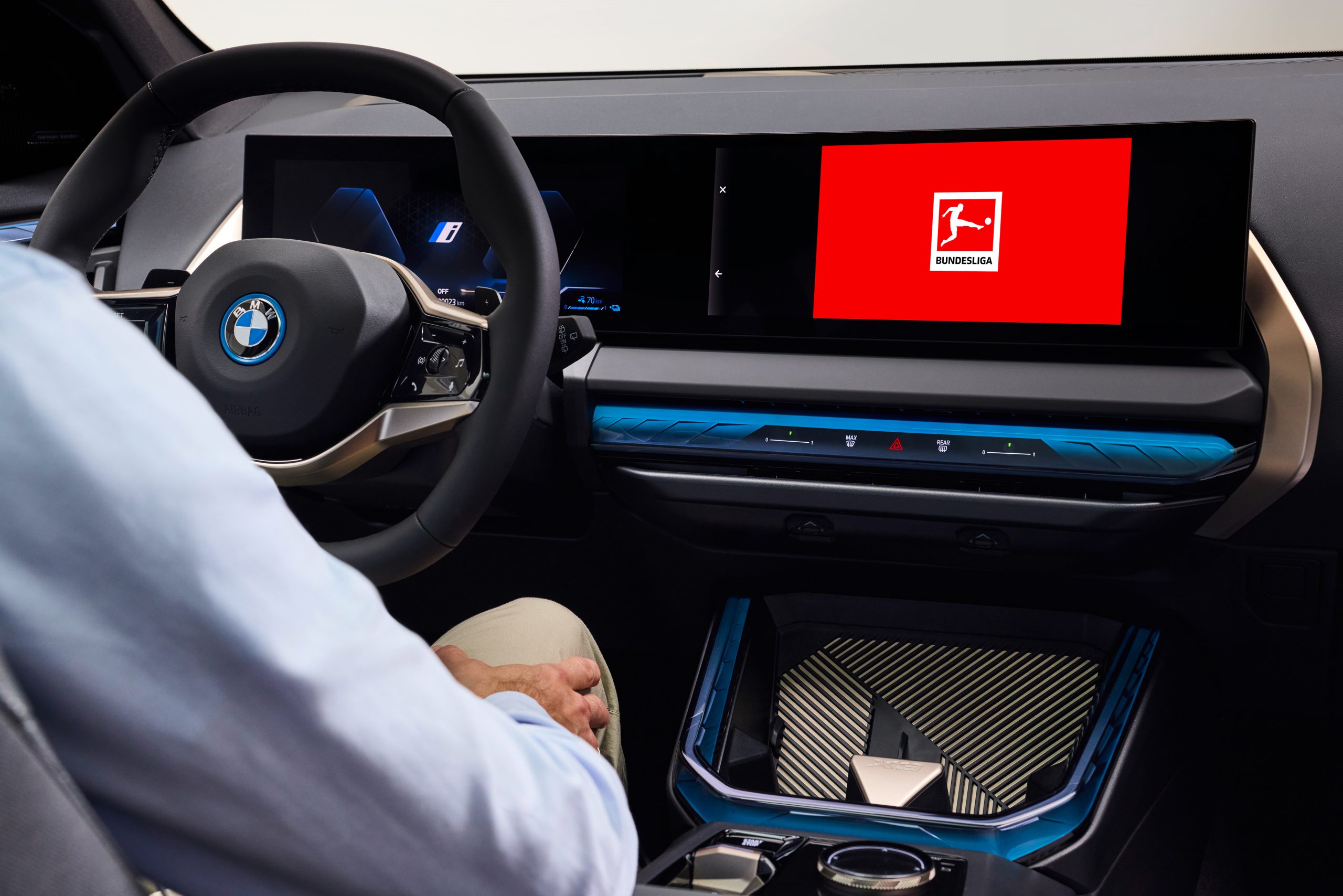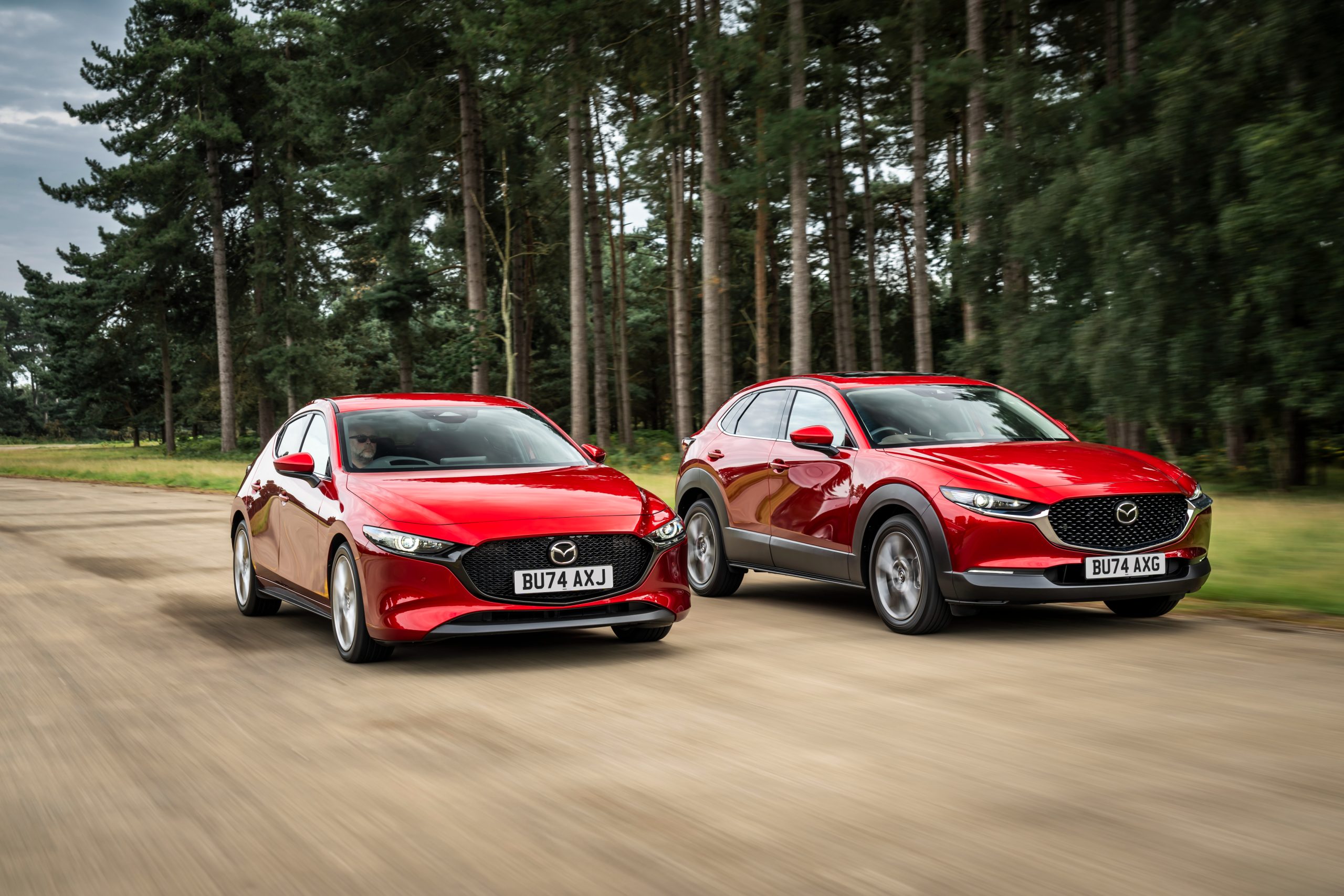Geneva show cars to reclaim limelight at next month’s Salon Privé Concours
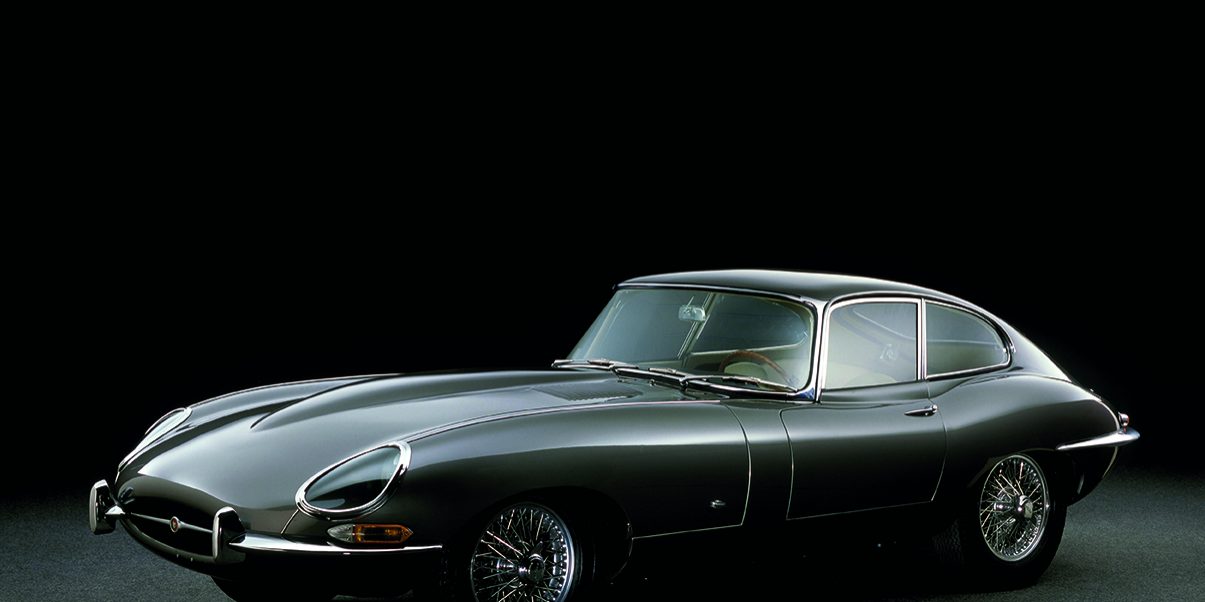

A trio of ultra-rare pre-production cars that originally appeared on their manufacturers’ stands at the Geneva International Motor Show during the 1950s and ‘60s will grace the lawns of Blenheim Palace next month for the Salon Privé Concours presented by Aviva (28-29 August 2024).
Each of Salon Privé’s Geneva cars – a 1951 Mercedes-Benz 300 S Cabriolet A, a 1960 Maserati 3500 GT Spyder and a 1961 Jaguar E-Type – went on to represent an important chapter in their respective manufacturers’ histories, so these first-of-type cars are expected to garner a great deal of interest.
The cars’ appearance at Blenheim also has an added note of poignancy, with the Geneva International Motor Show’s organisers announcing earlier this year that the 2024 event would be its last, and that the Comité permanent du Salon International de l’Automobile Foundation would be dissolved. So this unique group is not only a rare treat for concours-goers, but a fitting legacy to one of the world’s greatest motor shows.
Mercedes-Benz 300 S Cabriolet A
‘Daimler-Benz AG has always paid special attention and care to the vehicles of the international special class. The type 300 S was created for the circle of enthusiasts of these vehicles, who have increased demands on elegance, comfort, race, speed and roadholding.’ So read Mercedes’ brochure for the 300 S.
Using the same engine and basic suspension design as Mercedes’ hallowed 300 SL ‘Gullwing’ model, the 300 S (W188) was first revealed in prototype form at the Paris Motor Show in October, 1951. Based on the earlier 300 (W186) saloon, the 300 S range comprised three two-door models: a Coupé, Roadster and Cabriolet (known as the ‘Cabriolet A’). Eschewing increasingly common unitary construction to allow for coach-built versatility, all 300 S models were underpinned by a cross-braced, oval-tube separate chassis, shortened by 15cm versus the saloon’s.
Hugely expensive, the 300 S models cost around 50% more than the saloon and, at the time, twice as much as a top-of-the-range Cadillac. But the car’s specification fully justified its price. Fitted with Mercedes’ advanced M188 overhead-cam inline ‘six’ engine, displacing 2996cc, the 300 S produced 150hp, with triple Solex carburettors and a raised compression ratio boosting its output over that of the saloon’s. Drive was sent to the rear wheels via a four-speed manual gearbox and hypoid-bevel final drive.
All 300 Ss were hand-built at Mercedes’ Sindelfingen factory, too. The cabin was lavishly trimmed in the softest leather and displayed exquisite chromium-plated instruments set into a burr walnut dashboard. Mercedes even claimed that the lined hood of the Cabriolet A offered the same levels of refinement to the fixed-roof 300 S Coupe.
Salon Privé’s Cabriolet A, chassis #188 010 0004/51, is the first factory pre-production 300 S, following on from two earlier prototype vehicles. While its chassis was built in 1951, the car wasn’t completed until March 11th, 1952, just in time for its appearance on the Mercedes-Benz stand at the Geneva Show. The company didn’t officially launch the 300 S range until the Paris Show later that year, but with this Cabriolet A, it clearly wanted to whet show-goers’ appetites.
After the show, Mercedes continued to use the car for events and for media tests, before it was eventually sold in late 1954 through a Berlin dealership to the owner of a haulage firm. During the 1960s, the 300 S was exported to the United States, where it remained until around 10 years ago. Bavarian Mercedes specialists HK-Engineering then imported the car and undertook an extensive restoration over several years. It has been in its current ownership since 2017.
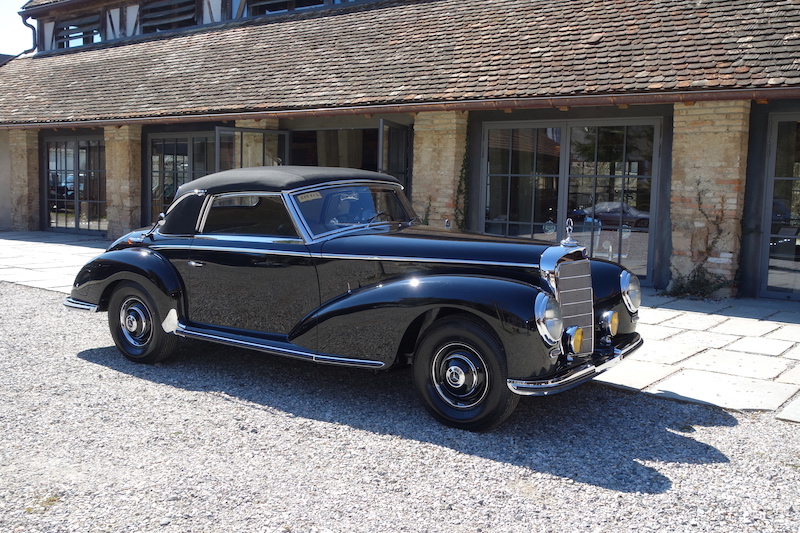
1960 Maserati 3500 GT Spyder
The 3500 GT Coupé had been a breakthrough model for Maserati, moving it away from the low-volume production arena which it had inhabited with its A6 models through the early 1950s, and into the more lucrative series-production market. The handsome two-door fixed-head Coupé, with its body by Touring, went on sale in 1958, and was followed shortly afterwards by an open-top Spyder model.
Maserati had put the contract out to tender for production of the Spyder, with master coachbuilder Alfredo Vignale of Turin offering the winning proposal. While the Spyder had more than a passing resemblance to the Coupé, Giovanni Michelotti’s design differed to the hard-top model in a few important ways. Its tubular steel chassis was reduced in length, resulting in a wheelbase 100mm shorter than the Coupé’s to improve structural integrity with the roof removed. The Spyder’s body was also constructed from steel, with aluminium only used for the bonnet, boot-lid and doors, versus the Coupé’s all-aluminium body formed by Touring’s Superleggera method.
However, mechanically the two models were identical. Both were powered by Maserati’s 3485cc inline ‘six’, essentially a productionised, wet-sump version of the engine which powered the company’s 350 S racing cars. With double overhead camshafts and three twin-choke Weber 42 DCOE carburettors, the unit produced 220hp at 5500rpm and propelled the Spyder to a top speed of 134mph.
The Spyder also employed the same underpinnings as the Coupés. Front independent suspension was by double wishbones and coil springs, and at the rear, there was a rigid Salisbury axle suspended by semi-elliptic leaf springs. Anti-roll bars front and rear, and a front-disc/rear-drum braking system completed the package.
Above all, though, the Spyder was one of the seminal La Dolce Vita cars of the period. Little care would have been given to its vestigial rear bench seat, when the muscular lines of Michelotti’s body looked so well-resolved, helped by a canvas roof that was completely hidden behind the seats when down, and could be covered with a neat tonneau. The interior was also unique to the Spyder, sharing little with that of the Coupés.
Presented at Blenheim Palace next month, 3500 GT Spyder chassis # AM101.0727 is a matching numbers pre-production car, and the seventh Spyder to be built, including three prototypes. As such, it includes a number of interesting design features not seen on the final series-production Spyders, including a longer bonnet and different windscreen pillar height, as well as displaying a non-production front emblem.
While early prototypes of the Spyder had been displayed before, it wasn’t until the 1960 Geneva Show that Salon Privé’s car was presented with the correct 2500mm wheelbase that would go into production, making this example highly significant. After the show, the car was sold by Maserati’s Geneva-based Swiss importers, Martinelli & Sonvico, to a new owner who kept the car until his death in the late ‘70s. It was then sold again, and has remained in the same family ever since.
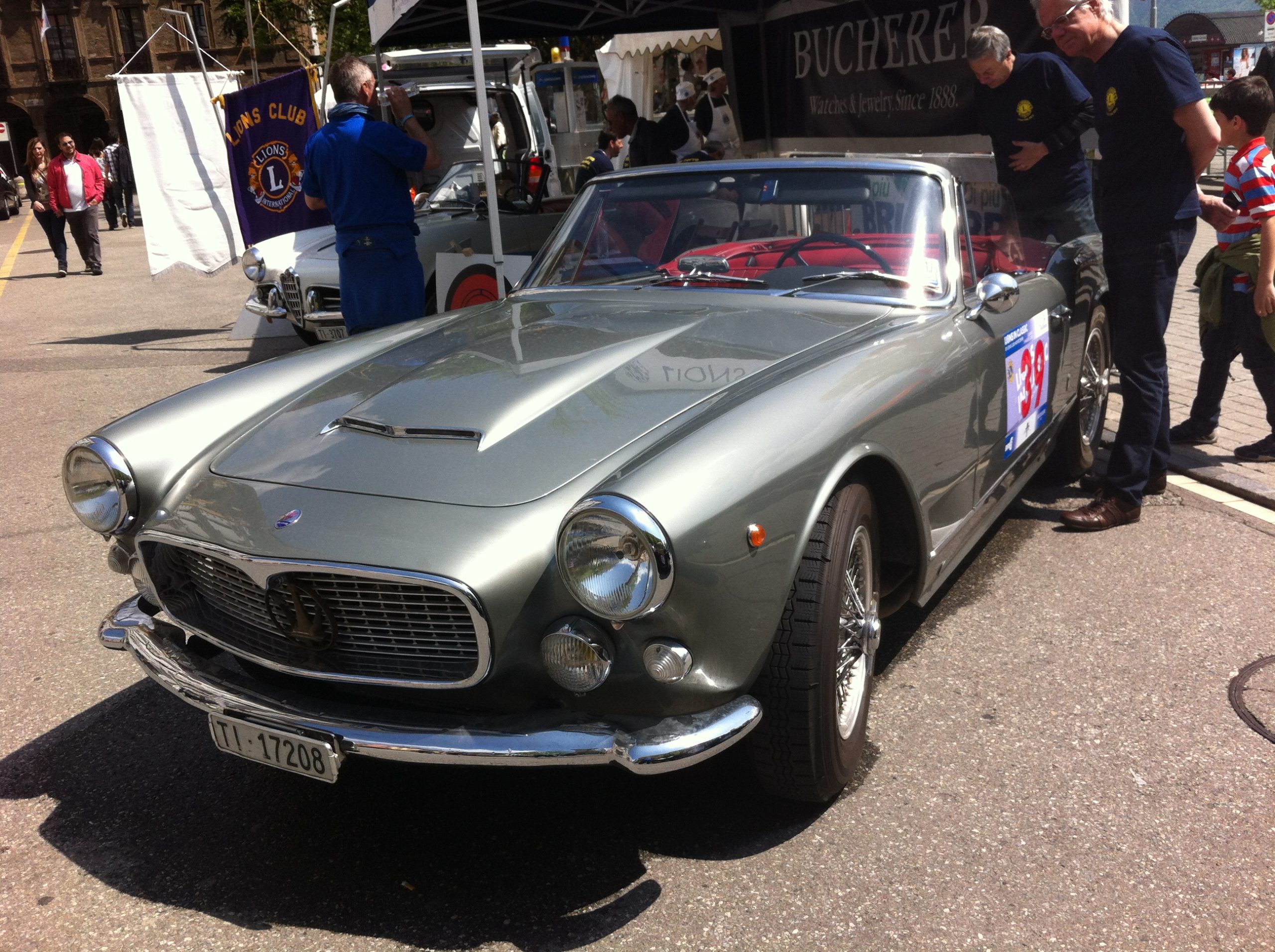
1961 Jaguar E-Type Coupé
Few cars in history have elicited as much praise for their style, performance and affordability as the Jaguar E-Type. That there has also been so much written about the car’s 1961 Geneva Show launch – with tales of derring-do, delivering test cars through the night for the press unveil the following day – has just added to the model’s mystique. So, to have at this year’s Salon Privé Concours a central player from the theatre that unfolded on the shores of Lake Geneva 63 years ago is quite remarkable.
The Jaguar E-Type’s mix of advanced engineering and an achingly-beautiful Malcolm Sayer body design would have been revelatory in itself in the early Sixties, but when it cost around half the price of an Aston Martin and could (so Jaguar claimed) clip 150mph, there was an understandable furore surrounding its launch. Equipped with all-round independent suspension, disc brakes front and rear, and rack and pinion steering, the E-Type marked a huge departure from the XK150 which had preceded it. It’s unitary body and clever front subframe design, which carried the engine, front suspension and front bodywork, also meant that it weighed 225kg less than the XK150. And when the XK’s 3.8-litre, 265bhp ‘six’ was carried over into the new, lighter car, it was no surprise that Jaguar was so bullish with its performance claims.
Chassis #885005 is one of just three E-Types to have been used by Jaguar at the model’s 1961 Geneva debut, and is the very first to have been seen in public when it was revealed to media and VIPs at Le Gastronomic du Parc des Eaux Vives on March 15, 1961. The car actually started life with a roadster chassis, but when Sir William Lyons insisted that the show car should match the Coupé being used for demonstration drives (the now famous ‘9600 HP’), its body was modified accordingly. As soon as #885005 had played its role at the restaurant on the eve of the show – where it was hidden in a giant packing case, the sides of which collapsed to reveal the new model – it was transferred to Jaguar’s stand at the show’s hall.
Post-Geneva, the pre-production E-Type was registered in Switzerland and sold to CAP Assurances, an insurance company whose chief executive was Georges Filippinetti, founder of race team Scuderia Filippinetti. However, little is known about the car’s subsequent history until it was acquired by Pierre Pittet in 1999. It was then sold in 2002 to Georg Doenni of GB Classics in Switzerland, before being transferred to the Jenny Collection. The car then underwent an extensive restoration, during which many body parts were carefully corrected to represent how this E-Type would have appeared in Geneva in 1961.
Andrew Bagley, Concours Chairman, Salon Privé
“We are delighted to have such a unique group of pre-production cars that would have created so much publicity for their respective manufacturers back in the day, now presented in the Salon Privé Concours. Each has a unique back-story, which tells us so much about the last-minute engineering and design changes that took place before the cars’ production versions came to market.”
Entries for the 2024 Salon Privé Concours presented by Aviva Private Clients are now closed. For 2025 entries, please contact Concours coordinator Nick Wilkes on +44 (0)7795 213 361 or at [email protected]


